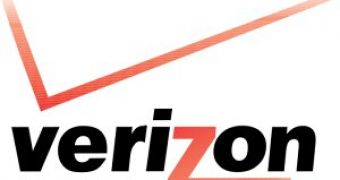After upgrading its European network to 100G earlier this month, Verizon has just announced that it will deploy the same technology on selected segments of its U.S. backbone network by the end of the second quarter of 2011
Initially, the network segments include Chicago to New York, Sacramento to Los Angeles and Minneapolis to Kansas City.
According to the carrier, its roll-out of 100G technology in the US will use Juniper Networks routers and Ciena's 100G coherent optical transport solution. The companies have worked together before, when Verizon deployed its 100G technology in Europe.
The network upgrade is meant to increase the bandwidth capacity and speed for large interconnected smaller networks within Verizon’s US interconnected networks. This will finally lead to Verizon being able to handle more customers on the US network.
With the new equipment, Verizon will be able to carry up to 10 times the amount of network traffic carried on a standard route.
As the carrier suggests, Verizon will also gain optical efficiency from carrying traffic on a single 100G wavelength as opposed to 10 wavelengths, each operating at 10 gigabits per second.
“We've already successfully deployed 100G on a portion of our European network, and now we're preparing to expand this technology to our U.S. network,” said Ihab Tarazi, vice president of network planning at Verizon.
“Advancing to 100G is a significant step in strengthening our global IP network to handle the bandwidth demands of our customers – whether it's large enterprises or the average consumer. Besides greater scalability and network efficiencies, we also expect 100G deployment to improve latency on a route-by-route basis.”
Even though end users won’t see improvements first hand after Verizon's network upgrade, they will eventually experience increased speed and performance for everything from cloud-based enterprise applications to video streaming.

 14 DAY TRIAL //
14 DAY TRIAL //